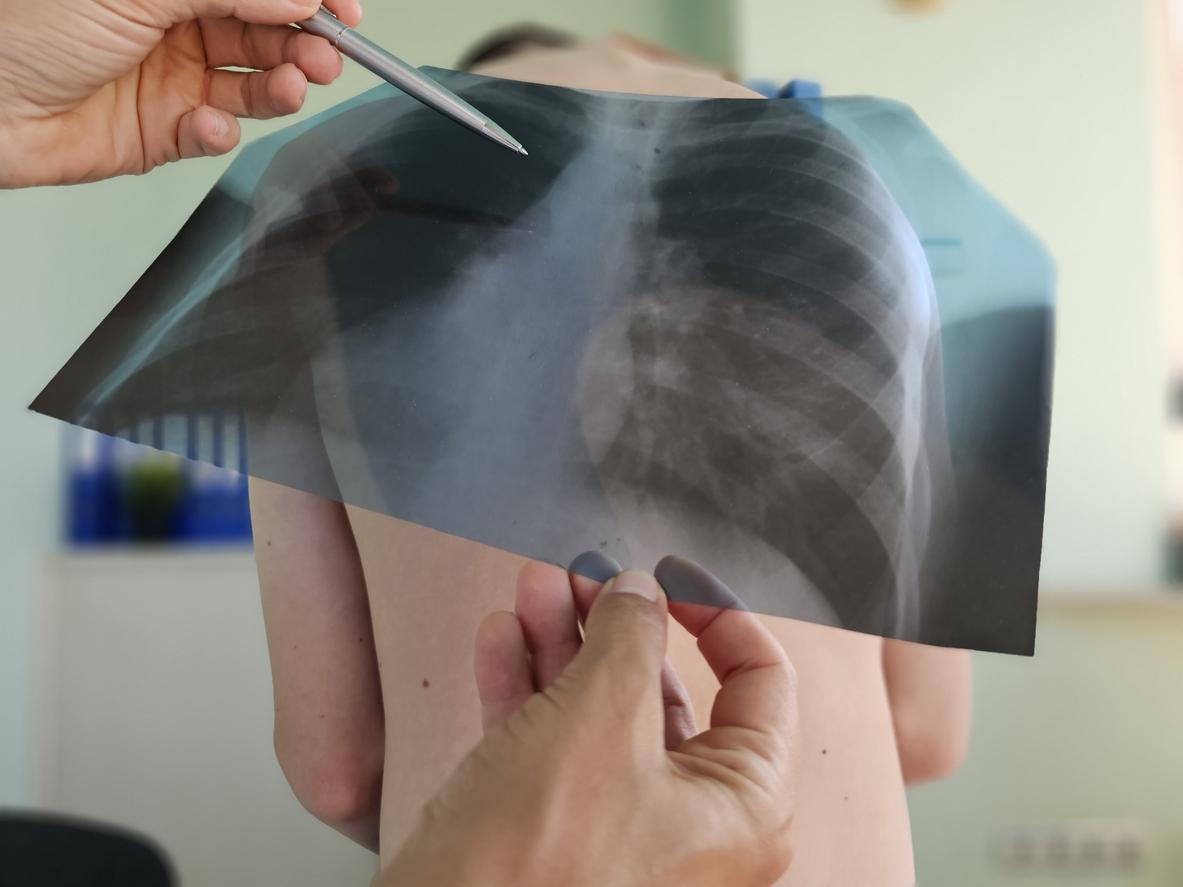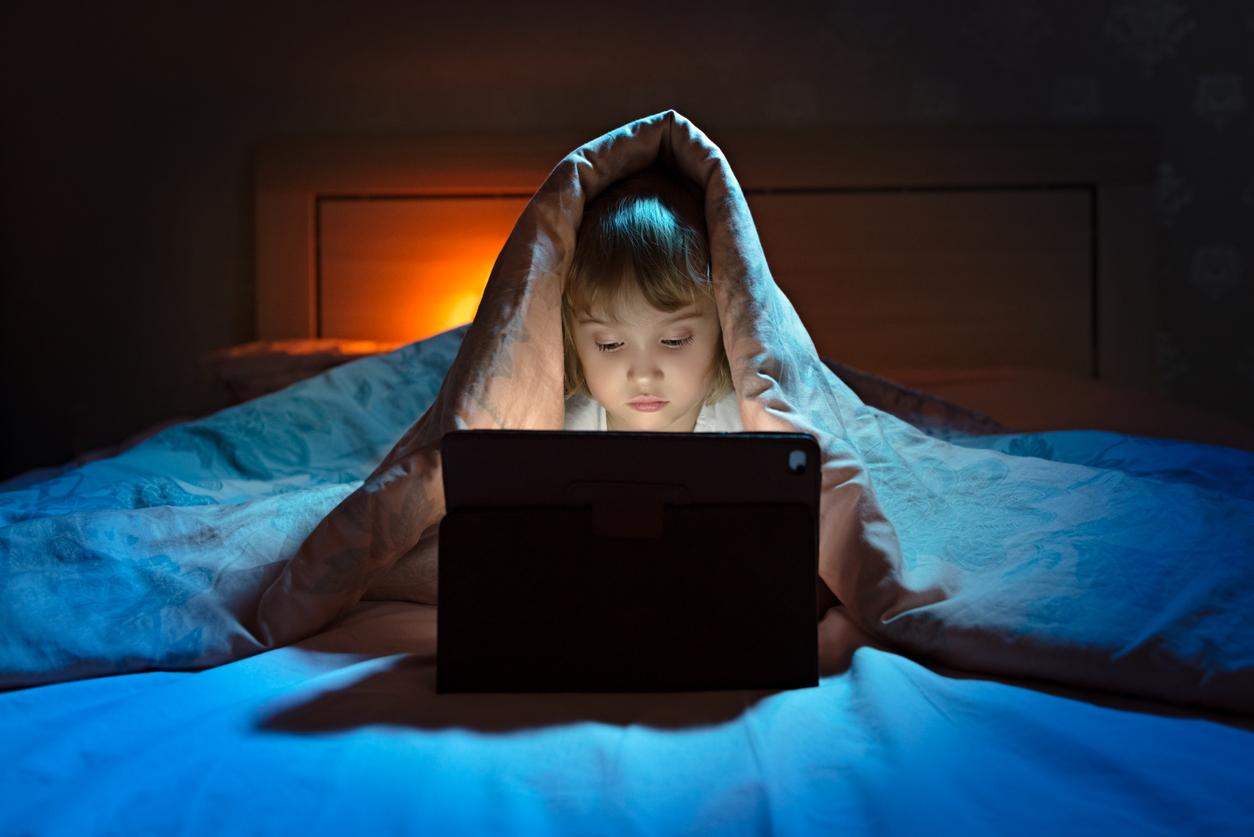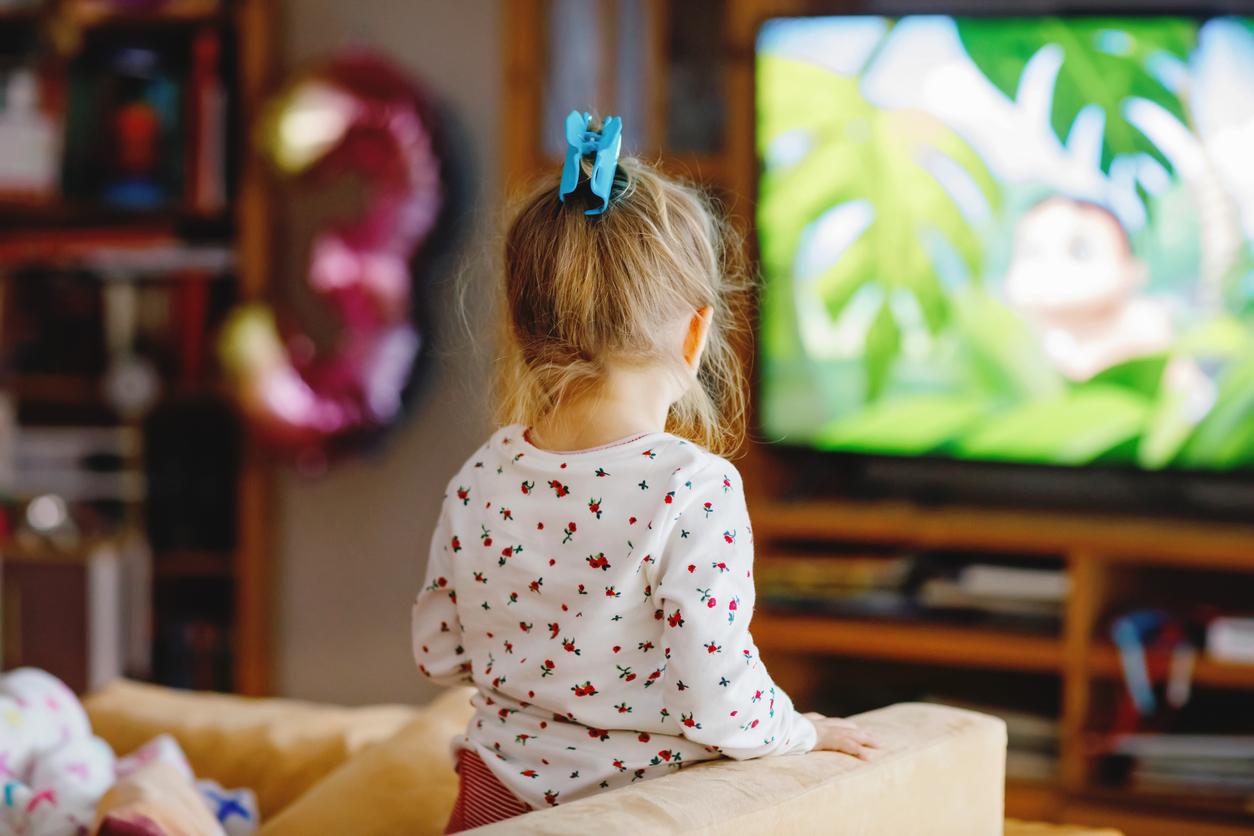While China has decided to limit the video game time of all its minors to three hours per week, Elian Revel, director of the CSAPA Accueil Info Addiction, tells us how he treats our teenagers addicted to screens.

- The notion of addictive behavior includes both addictions to psychoactive substances (alcohol, tobacco, illicit drugs) but also behavioral addictions, without psychoactive substances (gambling, for example).
- Addictions pose, in France as on a European scale and in the rest of the world, a major public health problem, the impacts of which are health, medical and social.
– Why doctor: How to identify a teenager addicted to screens?
Elian Revel – Within the framework of our care centres, we decide to accompany young people when one of these three evolutions appears (generally in this order): school disruption (school), educational disruption (parents) and social disruption (friends). Often, teens who are addicted to screens suffer from all three symptoms at the same time.
Whatever the medium, addiction is characterized, according to the Ministry of Health, “by the repeated impossibility of controlling a behavior and the continuation of this behavior despite knowledge of its negative consequences”.
– What are the negative effects of this addiction?
Several problems are expressed in our centres. We receive many young people who, because of their addiction to screens, suffer from sleep disorders, lack of appetite and weight loss. Some are also very irritable.
– How to treat it?
If a real addiction to screens has set in, it is necessary to consult in the CSAPA centers, which exist everywhere in France. Three/four sessions are generally enough to renew the dialogue between the young person and his parents. On a practical level, once the family communicates again, new rules must be established within the household regarding screen consumption, compromise and sharing.
On a psychological level, we set up “medication by the screen”. The goal is not to deprive young people of their screen or their video game, but rather to understand what they are looking for by spending so much time on it. Is it a passion, an escape from reality…? The abuse of video games, for example, is often synonymous in adolescents with rejection of their body and/or low self-esteem. Once we have identified the cause of the addiction, we can work on it and thus treat it.
– How to limit the risk among young people of switching to problematic use?
In order to limit the risk of screen addiction, it is essential that parents participate in this activity with their child and understand the ins and outs, without judging. This process should start as soon as possible. The tablet is not a nanny, but a real virtual universe where the child does not have to build himself.
It is also necessary to regularly offer the child or adolescent other activities: sport, reading, music…
– Should we remove all the screens from a teenager’s life?
Absolutely not. Many young people play simply for pleasure: from the moment it is not an addiction, it would be a shame to take it away from them. Video games also often serve as an outlet for adolescents: it is a universe in which they can rebel in complete safety. This finally makes it possible to create a common activity. Many parents also leave our care centers buying themselves a console to play with their children.
Below, our program Questions aux Experts on the theme: “Children and screens, instructions for use”:

.

















